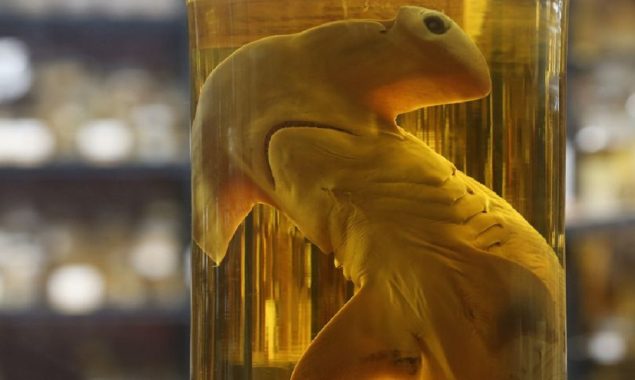Man called Harry Potter shares the name with the Fictional Wizard
A man named Harry Potter has spent the last 25 years attempting...

Why is Alcohol necessary in the preservation of things?
You’ve witnessed the preservation power of alcohol if you’ve ever visited a laboratory or museum and admired a pristine eyeball or a little deceased animal floating in a glass jar.
This approach is formally known as fluid preservation. Since the 1600s, scientists have relied on it to preserve their unusual specimens. According to the American Museum of Natural History, if done correctly, it can keep a sample alive for hundreds of years.
But how does it actually work?
“The long and the short of it is that it’s toxic to the kinds of microorganisms that would cause decay,” Bill Carroll, an adjunct professor of chemistry at Indiana University Bloomington, explained to Live Science.
As an example, he used wine. It is produced when yeast consumes grape sugar and excretes alcohol. However, he claims that the yeast excretes so much alcohol that the concentration becomes poisonous and kills the yeast.
According to the California Wine Advisor, the alcohol content, roughly 14 percent, helps postpone the growth of microorganisms for years (many wines also contain extra preservatives like sulfur).
Other organic materials, such as DNA, tissues, or even entire animals, require a greater alcohol concentration, according to Katherine Maslenikov, the Burke Museum’s fish collections manager in Seattle. Maslenikov frequently stores his goods in alcohol, specifically ethanol.
Maslenikov, for example, would take a fish specimen, extract certain tissue samples for DNA analysis, then inject the fish with formalin (a solution of formaldehyde gas mixed in water) to halt internal biological processes like enzyme reactions and tissue disintegration.
The fish specimen could then be immersed in a jar containing 70% alcohol and 30% water. “70 percent seems to be that ideal figure” for long-term storage, according to Maslenikov.
The solution contains enough water to keep the tissues moist, which helps the animal or specimen retain its shape, and enough alcohol to inhibit mould and bacterial growth, she explained.
Catch all the Amazing News, Breaking News Event and Latest News Updates on The BOL News
Download The BOL News App to get the Daily News Update & Follow us on Google News.